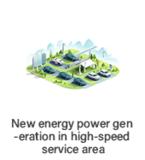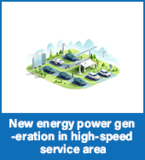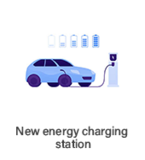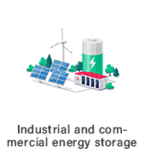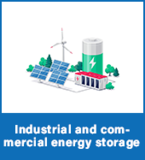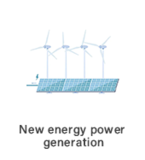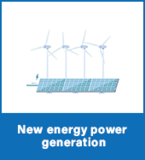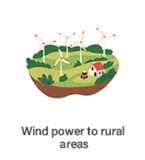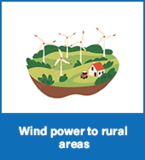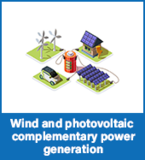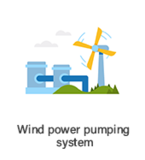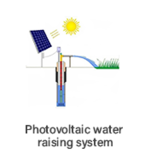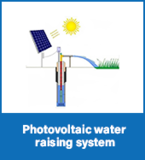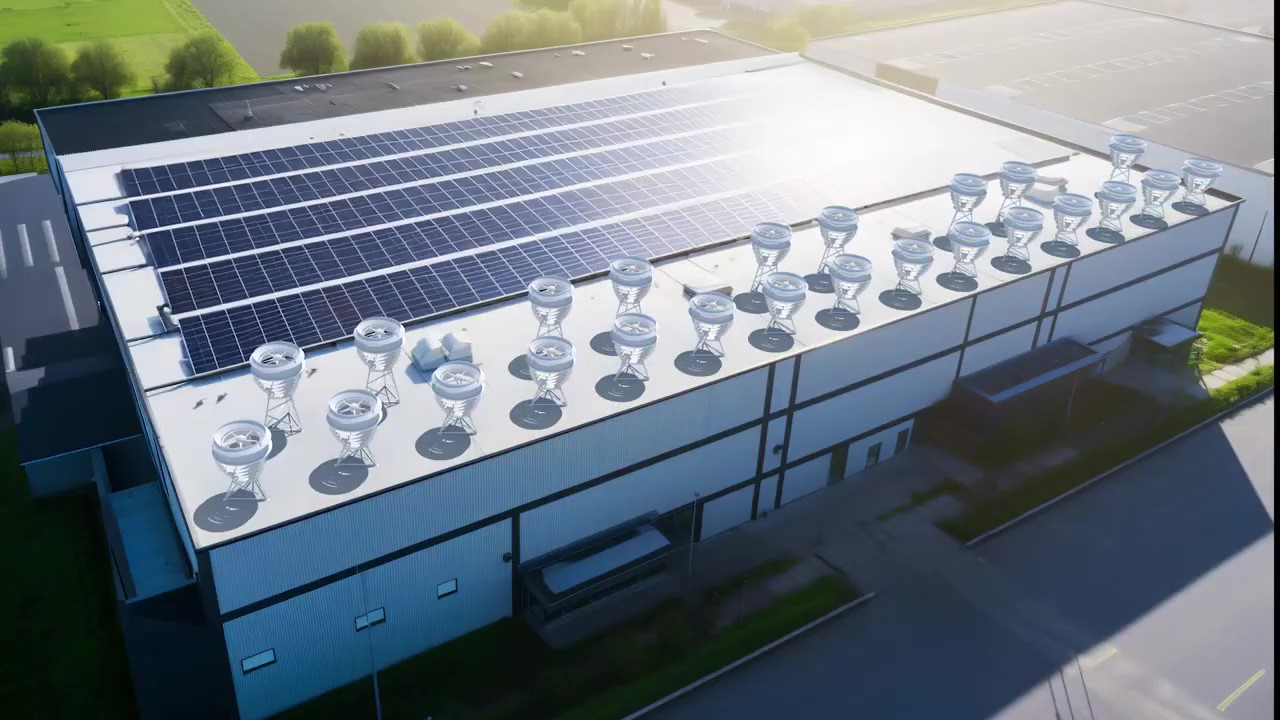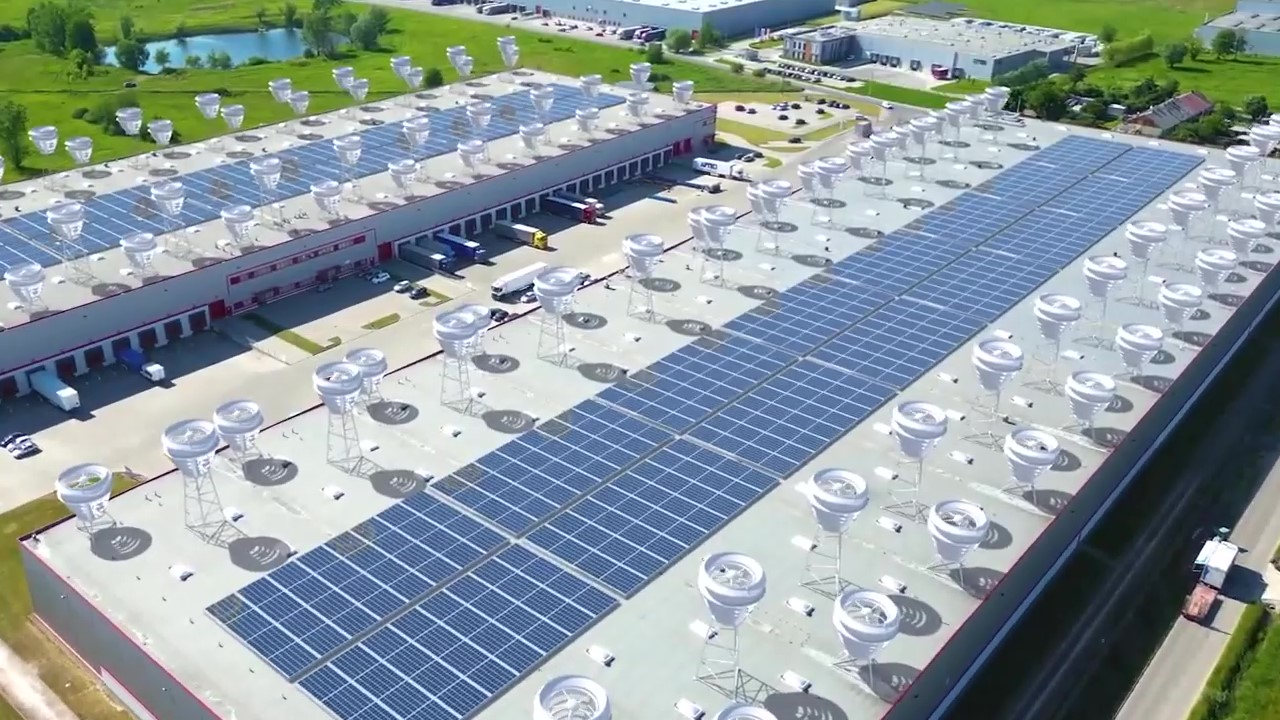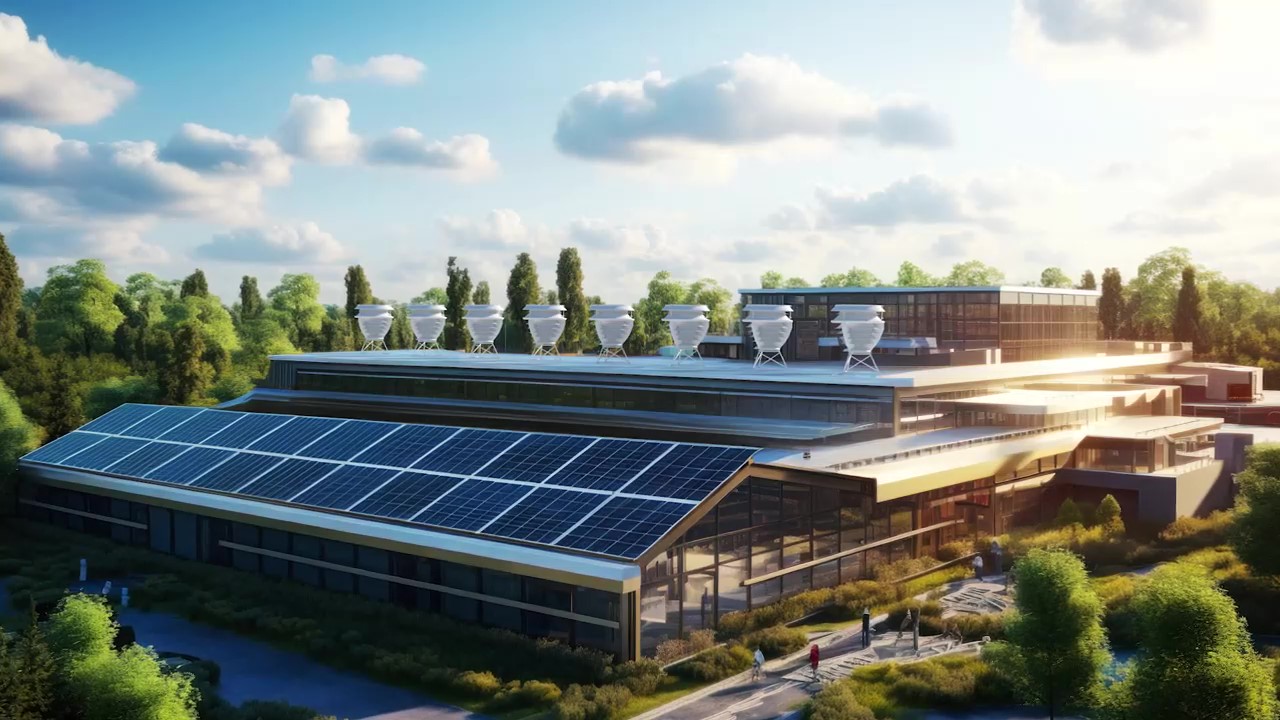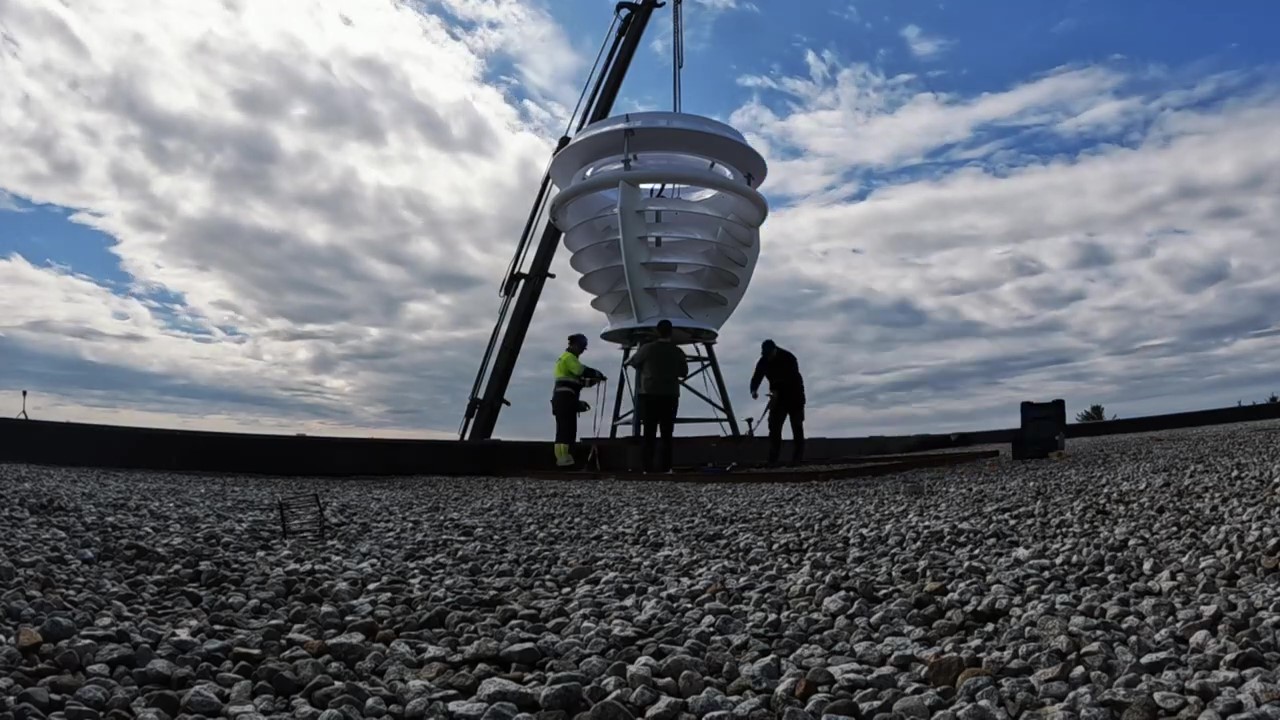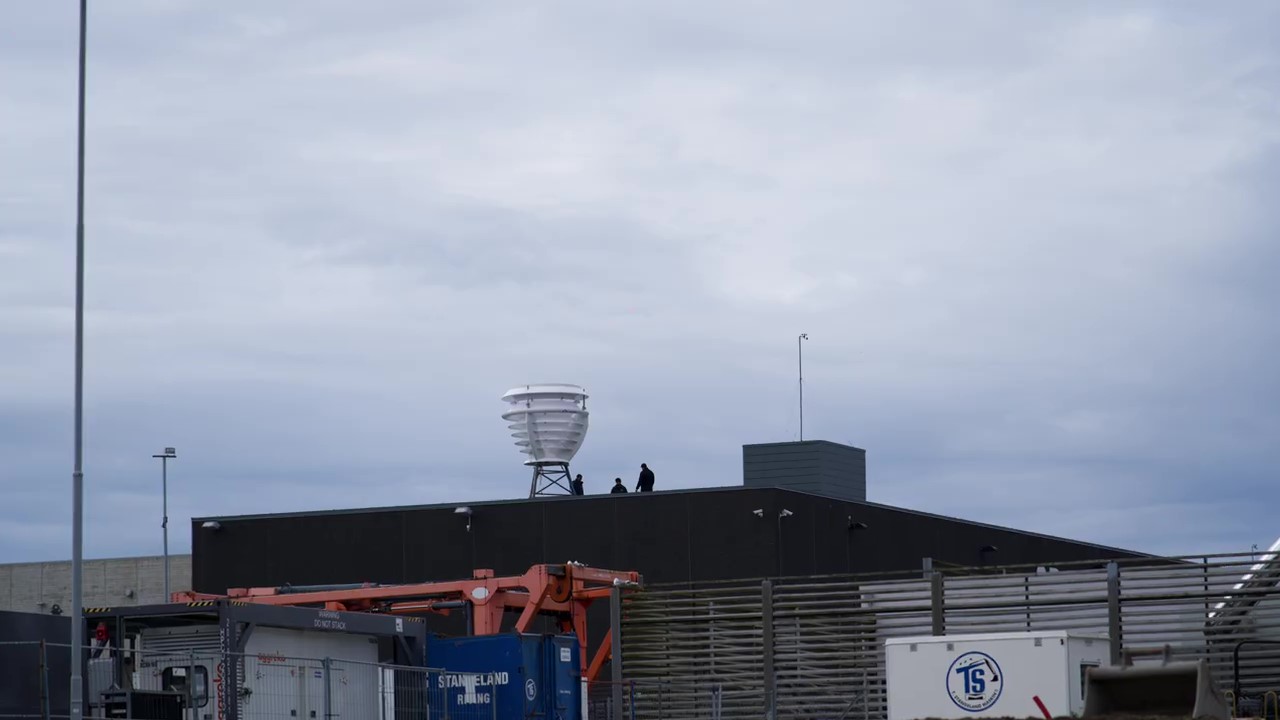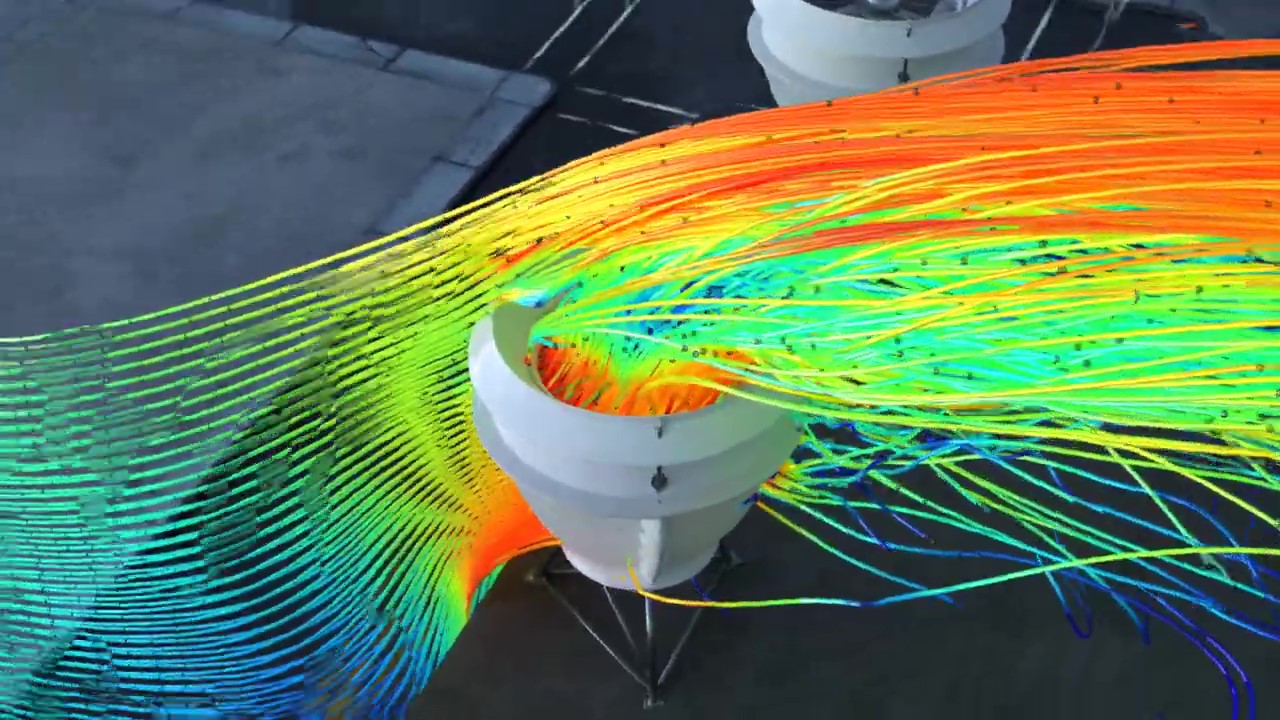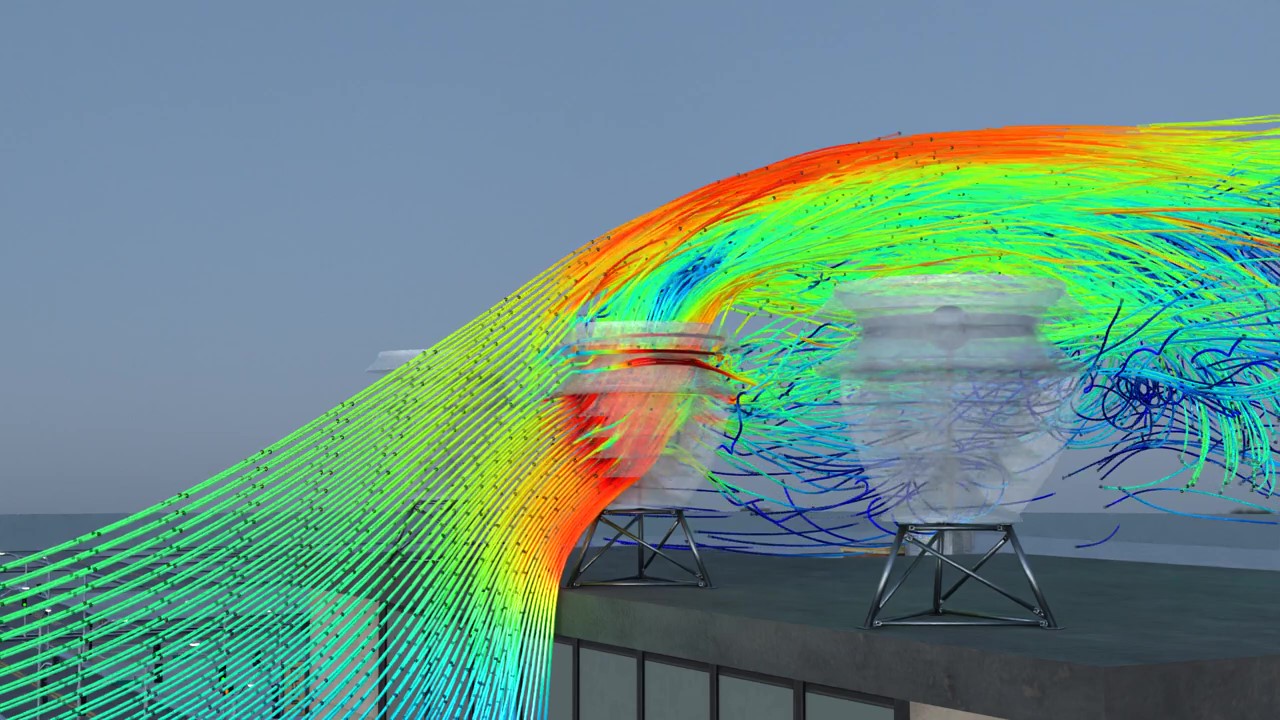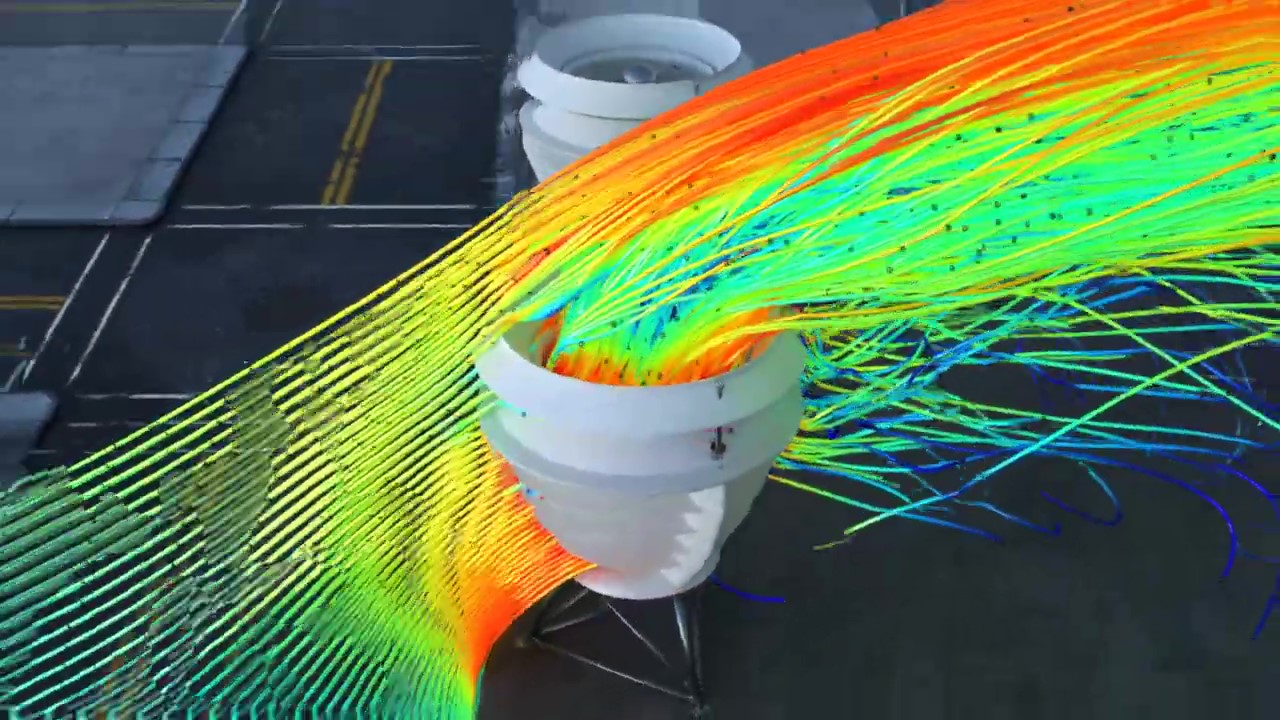WIND AND PHOTOVOTAIC COMPLEMENTARY POWER GENERATION
With the continuous growth of global energy demand and the increasing awareness of environmental protection, seeking sustainable and low-carbon energy solutions has become an urgent task. Photovoltaic and wind power generation, as two main renewable energy technologies, each have unique advantages but also have certain limitations. Therefore, this plan proposes a comprehensive system of complementary photovoltaic and wind power generation, aiming to maximize the utilization of natural resources through the organic combination of the two, meet the growing demand for electricity, and achieve the goals of green, low-carbon, and sustainable development.
Summary:
一、System composition
Photovoltaic power generation system: Utilizing efficient photovoltaic modules to convert solar energy into electrical energy under lighting conditions.
Wind power generation system: By using wind turbines, wind energy is converted into electrical energy under the action of wind.
Energy storage system: equipped with large capacity energy storage devices (such as battery packs), used to store excess electricity generated by photovoltaic and wind power generation, and release it when needed to ensure the stability and continuity of power supply.
Intelligent Energy Management System (EMS): Real time monitoring, data analysis, and optimized scheduling of photovoltaics, wind power, energy storage, and power grids to ensure efficient system operation.
二、Complementary advantages
Time complementarity: Photovoltaic power generation has high power generation efficiency when there is sufficient sunlight during the day, while wind power generation has an advantage when there is insufficient sunlight at night or on rainy days.
Geographic complementarity: In areas with abundant wind resources but insufficient sunlight, wind power can compensate for the lack of photovoltaic power generation; vice versa.
Technological complementarity: By applying energy storage systems, balancing the intermittency and volatility of photovoltaic and wind power generation, and improving power supply reliability.
解决方案实施:
一、Preliminary research and planning
Conduct detailed research on the lighting conditions, wind resources, and electricity demand of the target area.
Based on the research results, develop a planning scheme for complementary photovoltaic and wind power generation systems, including photovoltaic panel layout, wind turbine site selection, energy storage system configuration, etc.
二、System Design and Construction
Design efficient photovoltaic and wind power systems to ensure reasonable equipment selection and optimized layout.
Construct photovoltaic power stations and wind farms, install photovoltaic modules, wind turbines, and energy storage equipment.
Build an intelligent energy management system to achieve integrated and collaborative control of photovoltaics, wind power, energy storage, and the power grid.
三、System debugging and optimization
Conduct joint debugging of the system to ensure smooth communication and stable operation between subsystems.
Utilize intelligent energy management systems to analyze data on power generation efficiency, energy storage effectiveness, etc., and optimize system operation strategies.
四、Operations Management and Services
Establish a professional operation and maintenance team responsible for daily maintenance, troubleshooting, and regular maintenance of the system.
Provide remote monitoring and technical support services to ensure the long-term stable operation of the system.
Benefit analysis:
一、Economic benefits
Reduce electricity costs: Reduce reliance on traditional energy sources and lower electricity bills by producing and using surplus electricity for grid connection.
Increasing revenue sources: Selling excess electricity to the grid or participating in electricity market transactions to create additional income.
二、Environmental benefits
Reducing carbon emissions: Both photovoltaic and wind power are clean energy sources that do not produce pollutants or greenhouse gas emissions, which helps to reduce carbon emissions.
Improving environmental quality: promoting green transformation of energy structure and improving regional environmental quality.
三、Social benefits
Promote the development of the new energy industry: drive the development of related industries such as photovoltaics, wind power generation, and energy storage.
Enhancing energy security: increasing the proportion of renewable energy in energy consumption, improving the diversity and security of energy supply.
Enhance public environmental awareness: Through demonstration effects, increase public awareness and participation in renewable energy and environmental protection.
The integrated solution of complementary photovoltaic and wind power generation is an efficient and sustainable energy supply method. Through the organic combination of photovoltaics and wind power, as well as the application of intelligent energy management systems, this solution can maximize the utilization of natural resources, meet the growing demand for electricity, and achieve the goals of green, low-carbon, and sustainable development.




